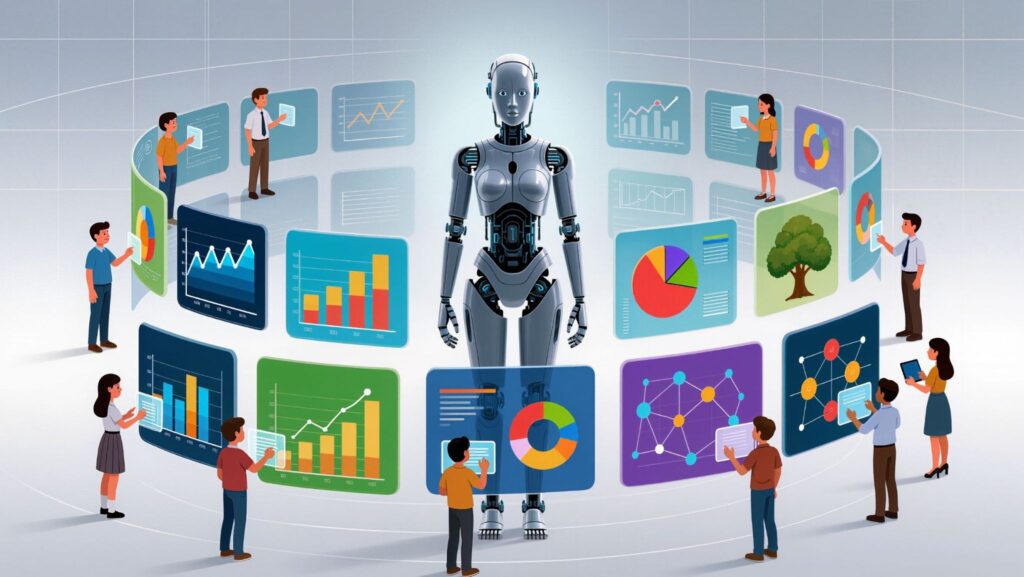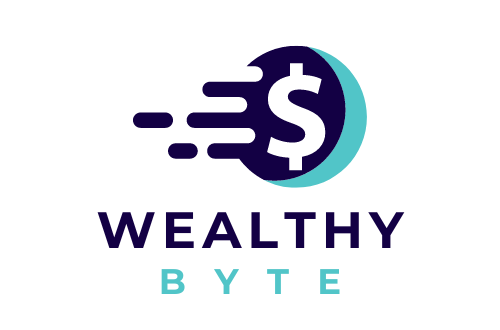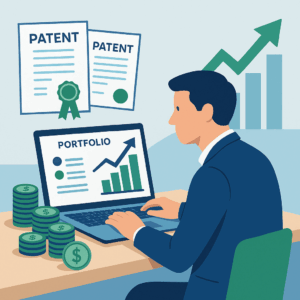
People keep saying AI will kill creativity. Every time a new technology shows up, the same argument reappears. It happened with photography. It happened with computers. It’s happening again now. The assumption is always that if a machine can do something faster, the human part must become irrelevant. That assumption couldn’t be more wrong.
Creativity has never been about the tools. It’s about decisions – what to say, how to say it, and why it matters. AI can’t feel excitement, ambition, or fear. But it can handle the chaos that blocks creative flow: endless research, data cleaning, segmentation, and testing. That’s where most marketers actually lose momentum.
The myth that AI kills creativity comes from confusing creation with repetition. Without automation, most of us drown before we ever reach the creative part. And when I say that, I’m not theorizing. I’ve lived it.
Before introducing AI into my workflow, I’d spend half my time analyzing spreadsheets or revising audience personas by hand. Every campaign felt like déjà vu. I wasn’t stuck because I lacked ideas. I was stuck because the process itself was draining. Once the manual work was offloaded, my creativity actually expanded. I could explore riskier angles, test bolder messages, and write content that sounded alive again.
How technology enhances rather than replaces strategic thinking
Let’s be honest: most marketing work isn’t glamorous. It’s repetitive. Building campaign frameworks, collecting analytics, running A/B tests, and reporting metrics. Each of these steps eats time and focus. The real strategic thinking – the part where you actually define what will move people, often gets reduced to a rushed brainstorm squeezed between meetings.
AI changes that dynamic completely. When I started using it, I noticed something weird: I was thinking more, not less. I wasn’t trying to delegate judgment to the tool. I was using it to surface insights faster, so I could make sharper calls. Instead of guessing why a campaign worked, I could trace the exact behavioral triggers behind it.
That’s the thing most people miss – AI doesn’t replace strategy; it multiplies the strategist’s reach. It filters noise, exposes hidden patterns, and highlights correlations you’d never notice scrolling through a dashboard.
What once required full-time analysts now happens in real time. And when the data gets handled, mental space opens up for real creativity. I can focus on emotion, timing, and message resonance instead of worrying about exporting CSV files.
Technology doesn’t make you less human. It makes you more effective at being one.
Inside Elsa AI’s approach: blending logic with creative intuition
When I talk about Elsa AI, I’m not talking about a generic chatbot. I’m talking about an engine that thinks like a marketer, trained to bridge logic and intuition. It doesn’t randomly generate copy; it analyzes emotional patterns, audience psychology, and conversion signals.
I feed it audience insights, campaign data, and market context. It responds with patterns: which tones attract attention, which words trigger trust, and which offers spark hesitation. It helps me understand why something connects.
AI becomes a silent strategist sitting beside me, cross-checking my ideas against behavioral truth.
And here’s where it all comes together. Midway through any planning session, I open themarketing plan builder to map those insights into a structured narrative. The workflow feels seamless. I move from intuition to structure in minutes.
What used to take an entire team of analysts now happens within one clear loop: data in, insight out, creative refinement next.
Why campaigns lose their strategic spark
The biggest problem I see in agencies today isn’t lack of ideas – it’s burnout disguised as creativity. Teams get buried under production deadlines. Junior marketers are stuck rewriting taglines for the tenth time. Senior strategists spend hours on reports instead of ideation.
Eventually, campaigns start looking the same. The tone, the visuals, the promise – everything blends into one predictable blur. Why? Because the team’s energy is being spent maintaining the process, not exploring ideas.
That’s the silent killer of creativity: process fatigue.
Without automation, every new campaign feels like rebuilding the same house with slightly different windows. It’s efficient enough to survive, but not bold enough to grow.
AI solves that by restoring creative bandwidth. It handles the groundwork – so the human mind can do what it’s built for: question assumptions, provoke emotion, and tell better stories.
Why clients perceive AI-enhanced work as more expert and insightful

When clients see your process evolve, their perception changes instantly. Before using AI, I’d present audience insights based mostly on intuition. Clients trusted me because of my experience, but the explanations were abstract. Now, I bring behavioral maps, trend graphs, and predictive logic. I can show why a specific narrative will outperform another.
When you translate emotion into evidence, clients stop arguing about subjective taste. They start seeing you as a strategist instead of a service provider. And that’s where AI becomes a credibility engine.
I’ve seen it happen countless times: clients stop micromanaging because they can finally see the reasoning behind decisions. They don’t need to love every design or headline; they trust the data-backed strategy behind it.
The funny thing is that AI-enhanced creativity often feels more human. The campaigns hit deeper because they’re rooted in real behavioral understanding. Instead of guessing what will resonate, you know it, and that knowledge shapes better art.
The marketer’s edge: human vision – AI precision
People keep asking me if AI will replace marketers. I say the opposite – it will expose who was actually thinking strategically all along. When execution becomes instant, the only remaining differentiator is judgment.
That’s where human vision comes in. The human brain sees irony, context, and nuance that no algorithm can replicate. But pair that intuition with AI precision, and the results multiply fast.
Here’s the dual structure that works best for me:
1. Speed without compromise.
AI builds draft frameworks in seconds. I refine them using my understanding of tone, culture, and timing. The output feels fast but never shallow.
2. Insight without overload.
Instead of wasting hours on analytics reports, I get a synthesized view of what matters – what converted, what failed, what needs testing next. My decisions are faster because the clutter is gone.
That’s what creative advantage looks like today: synergy, not substitution. The marketer who blends intuition with automation wins.
Redefining creativity for the next decade
If you strip away the hype, the core question remains simple: can AI think like a marketer? My answer – yes, when guided by one.
Because the future of creative strategy isn’t man or machine. It’s both. The best campaigns ahead will come from those who merge emotional intelligence with computational logic. They’ll experiment relentlessly, backed by precision data. They’ll build faster, test deeper, and iterate smarter.
The danger isn’t AI taking over – it’s marketers refusing to evolve. Staying loyal to manual methods doesn’t make you authentic. It makes you obsolete.
I’ve learned this firsthand. The first time I saw an AI-generated campaign outperform one of my human-only ones, my ego stung. Then I realized what it meant: the machine didn’t outsmart me; it expanded what I could achieve. It eliminated guesswork. It handed me time – the most valuable currency in strategy.
So no, AI isn’t the end of creativity. It’s the upgrade we didn’t know we needed.
If you’re in marketing today, the real challenge isn’t keeping up – it’s choosing how far ahead you want to go.
Because sooner or later, every great strategist will have an AI that thinks like they do. The only question is whether yours will be learning from you or replacing you on the brief.















